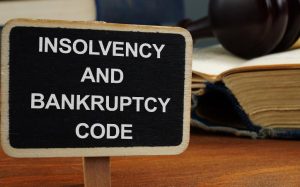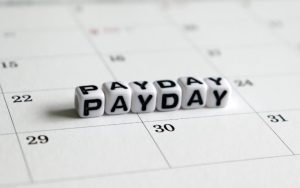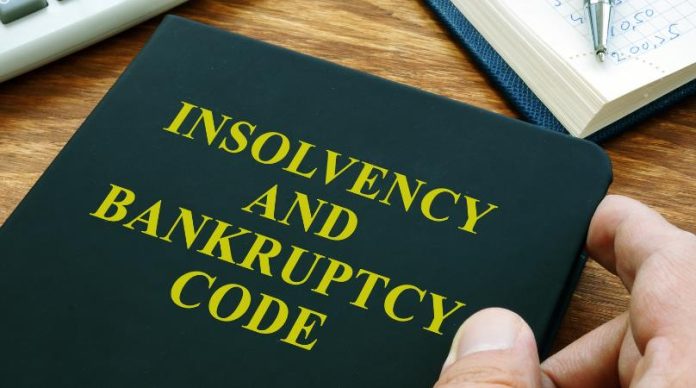When you or your business are facing financial difficulties, it can be difficult to know how to respond or to predict what the consequences may be. There are often recovery options available when a business can’t afford to pay money that it owes, but these usually depend on the actions your creditors decide to take. As such, it can feel like matters are out of your hands, and with all of the different potential outcomes, things can get confusing.
This especially applies to the language that is used to refer to financial troubles. Bankruptcy and insolvency are two different things, but they might be used interchangeably in this situation, which can make things even more confusing. You might also hear phrases such as Company Voluntary Arrangement (CVA) and Time to Pay Arrangement, which are also two different processes that nevertheless work in much the same way.

Here, the experts at Company Insolvency Advice will detail the differences and explain some more of the terminology you might expect to hear when a business enters a tight spot financially. If you are confused by terminology or concerned about the future of your business, the best thing you can do is to get in touch, and speak to an expert for support.
In most cases, a business can foresee problems with cash flow and take action before the problem becomes urgent. In these circumstances, there are often options for business recovery that could restore the company to good financial health. Even if you feel that there are no options left, speak to an expert about your situation and you may find that there are ways to rescue your business.
How does bankruptcy differ from insolvency?
In simple terms, bankruptcy refers to a situation in which an individual cannot afford to pay debts when they are due. By comparison, insolvency is when a business is in the same position – it cannot pay money it owes to creditors. While this is relatively simple, insolvency is sometimes erroneously called bankruptcy, which can lead to confusion.
In most cases, a business going insolvent will not automatically lead to bankruptcy, as personal finances are usually separate. However, if a business owner gives personal guarantees for business debts, these could become personal liabilities at the point that the business becomes insolvent.

If the business is forced to close and does not have sufficient assets to pay back all of its secured creditors, any owner or director who gave personal guarantees for business loans may be liable to pay these debts from their personal funds.
This situation is one of the few in which insolvency might lead to personal bankruptcy. Another is if you are a sole trader, in which case your business and personal finances are considered to be the same.
If you have personal debts that you cannot pay, in some instances, a company that you own may be considered an asset that may be sold to pay your creditors. However, in most cases, a limited company will be considered a separate legal entity from you, and your personal finances will not usually affect the solvency of the business.
What are Time to Pay Arrangements and Company Voluntary Arrangements?
Time to Pay Arrangements and Company Voluntary Arrangements (CVAs) are two of the company rescue options that are most commonly used in these situations. They are both types of payment plan in which a business proposes a set monthly repayment that it can afford and specifies a period over which it will pay back its debt. If the relevant creditor agrees, the plan goes into effect and the business has more time to meet its financial obligations.
Both of these mechanisms function in essentially the same way, but with a key distinction – much like bankruptcy and company insolvency. Namely, Time to Pay Arrangements help businesses deal with debts to HMRC, while CVAs are for debts to private creditors.

This means that there are different considerations you need to make when drawing up a proposal. An expert in business rescue and company insolvency advice can help you to create a fair proposal that will give you the best chance at successfully enacting the plan.
No matter the specifics of your situation – including your relationship with your creditor and the actions they have taken – there may be ways to regain control. If you are able to put a CVA or Time to Pay Arrangement in place, this will halt any legal action against your business.
As such, this can give you the space you need to recover. The most important thing is that you take action and ask for help as soon as you can. This will help you to achieve the best possible outcome for your business.


